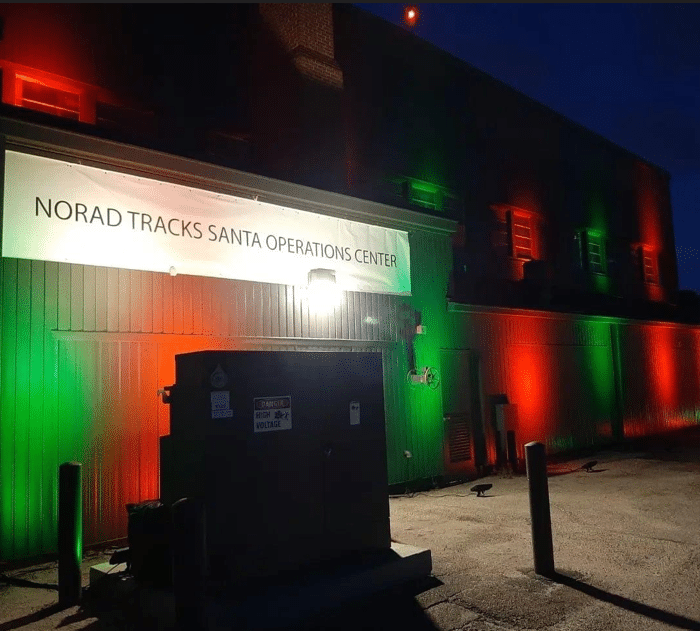Prachi Sukhatankar, VP Technology Solutions (Advanced Technology Office) and Jeff Day, Program Manager (Mission Readiness)
The increasing complexities of a connected world and persistent federal budgetary pressures call for innovation and a different way of managing complex processes and operations. Processes that involve end-to-end supply chains and inventory control are no exception to that.
To complement our Supply Chain Management (SCM) solutions and provide increased value and efficiencies to our customers, we have also applied our Advanced Process Automation capability to this domain. This in turn changes the paradigm of process automation from being a back-office innovation to a mission-oriented one.
Amentum’s Advanced Process Automation capability provides a proven approach to create efficiencies and generate capacity via use of Robotic Process Automation (RPA)/Intelligent Automation technology and a Center of Excellence. We believe the most effective automation solutions are those that complement existing domain expertise, helping streamline and optimize routine business tasks. We seek to apply this capability to strengthen our customers’ missions by enhancing the customer experience and improving compliance, standardization, and auditing.
The Defense Logistics Agency (DLA) was recently highlighted in the “State of Federal RPA” report as one of five federal agencies rated at “Level 4” RPA maturity (highest is Level 5, with no agencies at that maturity yet). The DLA RPA program has deployed at least 96 automations at the end of FY20. These automations have contributed over 200,000 hours of annualized capacity. It is important to note the DLA tracks hours contributed rather than hours saved, as the employees that previously did the work are still part of the DLA workforce and are redeployed to focus on more complex work. The automations provide benefits across each of DLA’s five major subordinate commands and seven supply chains.
Other Federal agencies are likewise investing significant resources into RPA solutions, including the U.S. Department of Agriculture, the General Services Administration, the National Aeronautics and Space Administration, and the U.S. Department of the Treasury. In each instance, many labor hours are being saved, and staff are able to increase focus on value-added activities.
Amentum’s initiative reflects similar goals. We seek to reduce manual activities where automated processes would reduce or eliminate error-prone, structured processes allowing staff to be freed up for high-value tasks such as process improvements, analysis and decision making. In the context of SCM solutions, this helps us to exceed key metrics, accomplish better vendor management and approval, and improve quality measurements.
For example, Amentum’s technology office in collaboration with our procurement department, designed and deployed a bot using this capability, powered by our vendor partner UiPath, a leader in Intelligent Automation. The bot automated many repetitive manual steps for supply chain-related web searches. The bot captured results and screenshots, compiled all information into a single report, and stored all artifacts. It interfaced with procurement’s intranet site for request intake, report uploads and user notifications. It implemented a queuing mechanism, error handling and adjustments to manage the variability in responses and delays from external websites. The solution created value by allowing staff to focus on decision making, introduced process standardization, and improved auditing. Staff managing both subcontractors and vendors were given access to the storage, which acted as a central information repository and helped reduce redundancies.
Additional areas where SCM solutions benefit from automation range from inventory tracking, proactive scheduling of work orders, invoice processing, price/vendor lookups and comparisons, and routing between delivery partners.
Here are a few insights, based on the work we’ve done:
• Re-skilling and training should not be an afterthought. Advances in process automation provide our stakeholders with the ability to have staff re-skilled so that they can focus on other aspects of the business. This needs to be baked into the overall automation planning and development. Once developed, the bots act as digital workers or helpers, which means stakeholders need to be trained on what to expect and how best to use the bots.
• Think resiliency. There is a tradeoff to be made between lean supply chains and resilient supply chains, especially if the latter is built via inventory buffers and alternative partners. This is where automation can potentially shine by collecting data, researching options, and making decisions on-the-fly across the alternatives.
• There is an elegance in simplicity. Bots work well for automating processes with manual tasks that require non-judgmental decisions and have structured steps. Start simple, find the sweet spot of good return on investment first. Think big to unleash the power of artificial intelligence technologies as a path to intelligent automation.
By implementing solutions that will yield continuous improvements and added features in future years, we help our customers also derive nearer term benefits including freeing staff for high-value tasks, improved delivery, error reduction and quality, better compliance and auditing, knowledge management and retention, and transparency in operations. Amentum strives for excellence via a deep customer focus, discovery, investments in and application of advanced technologies, aligning them with our key customer markets to serve their important missions in a low-risk, agile fashion.









